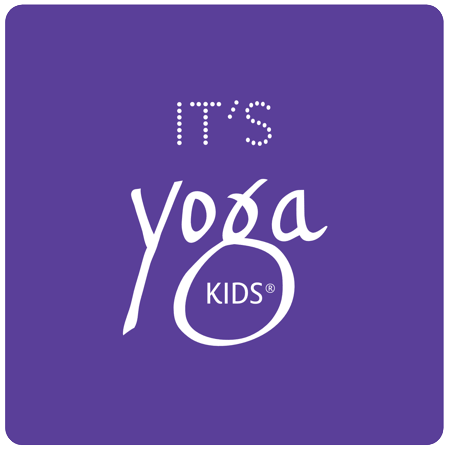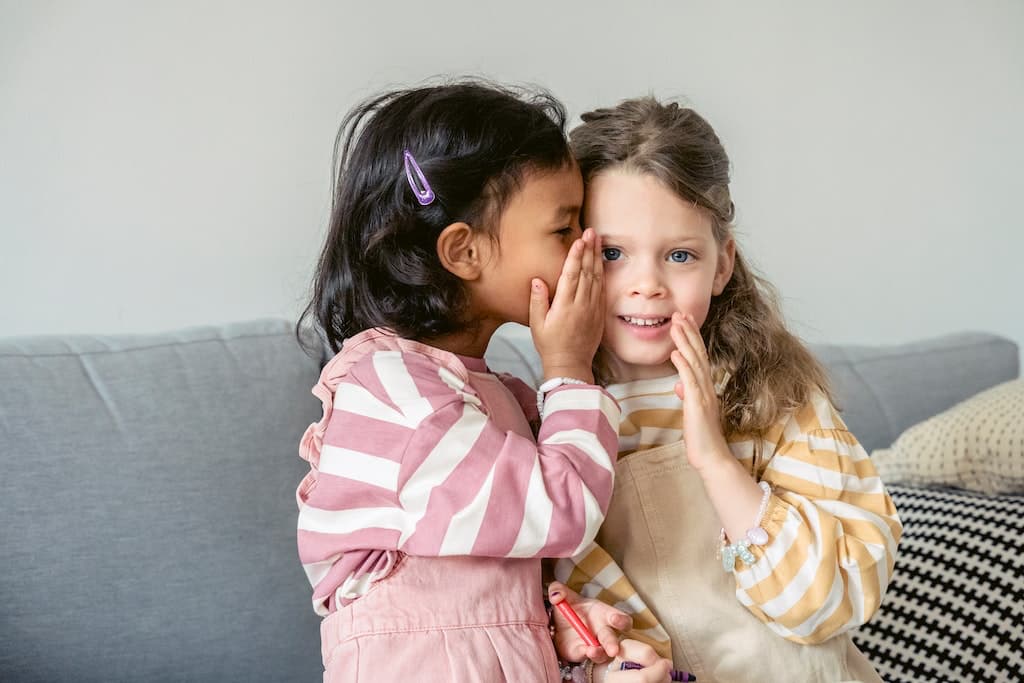Press PLAY to listen to this post.
Okay, hear me out because it’s National Be Heard Day on March 7. Who knew? Now, we do! "The problem with communication is the illusion that it has been accomplished." —George Bernard Shaw
First of all, it’s take takes (at least) two to communicate: a listener and a speaker. There’s a lot to be said about what it means to feel heard and the skill of how to listen. Let’s break it down.
Active listening means getting out of your own head and trying to understand another person’s point of view. It is conscious process that requires presence and empathy.
Reflective listening is when the listener repeats what the speaker said to ensure what they heard and understood correctly like placing an order and having it reflected back to you.
Discriminative listening is when we hear, interpret or derive meaning from what is being said and how it is said - maybe even how it’s not being said because it’s true that communication is 55% is nonverbal, 38% tone (hello sarcasm), and just 7% words.
Selective listing is ONLY hearing what we want to hear and disregarding the rest. It’s incomplete listening and leads to misunderstanding and misinformation.
Evaluative listening is when the listener makes a judgment about what is being said. How often does this happen - especially with our kids? A lot.
Active and reflective listening are the best ways to be heard and understood along with inquiry when unclear. Asking for clarification helps ensure complete understanding so that we don’t get lost in translation.
Yoga makes you a better listener. When you pay attention and listen to your body, you can receive information and respond more effectively. Listening to your instincts and intuition sharpen with the practice.
Tune in to you and those around you. Try a class with your child or get training in your area. Remember listening is an act of love.

